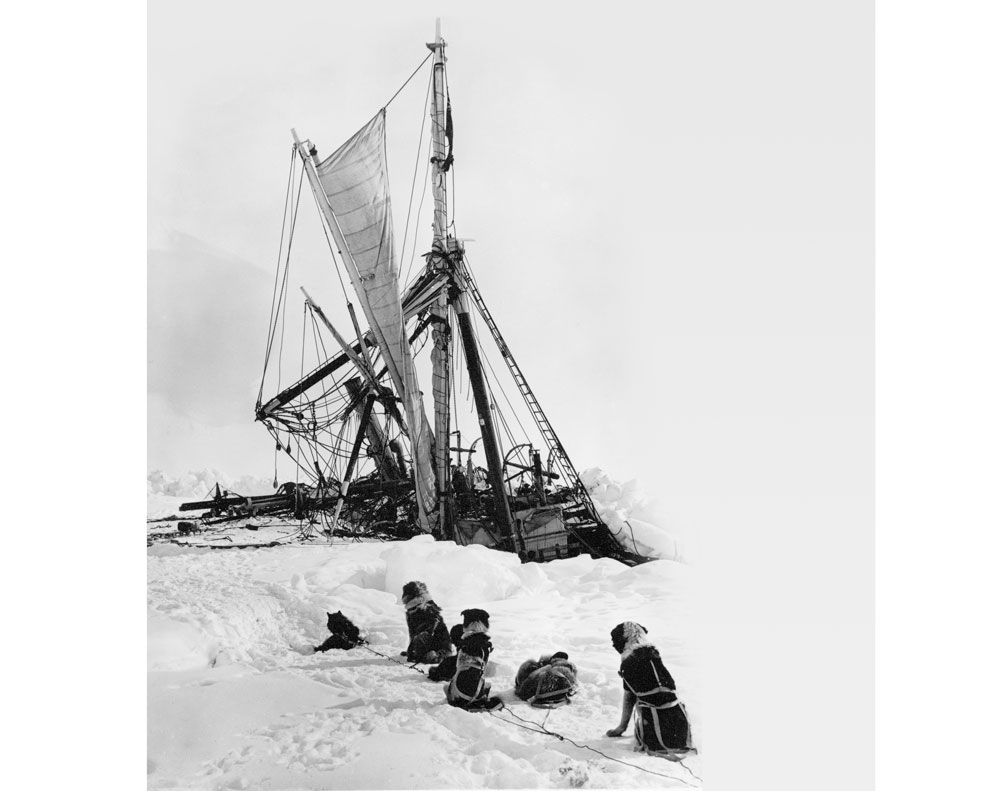- Details
- Written by: Mike Walker
Time Traveller: A look to the past
In this series we look to the past to uncover inspiring stories of derring-do....
It was two years since the Norwegian Roald Amundsen had beaten Robert Scott and his team to the South Pole by a matter of days, and Shackleton saw the crossing from one coast to the other via the pole as the last ‘great main object of Antarctic journeying’ to be done.
He never achieved his goal, but Shackleton’s 1914-1917 Imperial Trans-Antarctic Expedition is one of the most incredible adventure stories of all time.
The expedition never set foot on continental Antarctica. Their ship was trapped and crushed in the pack ice of the Weddell Sea. Salvaging what they could, the party took to the lifeboats and eventually made landfall on the deserted Elephant Island in the South Shetlands.
They knew the chances of being found were practically zero, so while most of the team remained behind, a small party set out in one lifeboat, the James Caird, to reach South Georgia – 800 miles away across some of the world’s most treacherous seas.
Against all odds, they made it and eventually a rescue boat returned to save those stranded on Elephant Island, reaching them in 1917. Not a single man of Shackleton’s original 28 was lost, and though the Endurance sank in the sea ice, the James Caird was brought back to England and can now be seen in Dulwich Museum, London – a vivid reminder of an act of remarkable courage in the heroic age of exploration.


